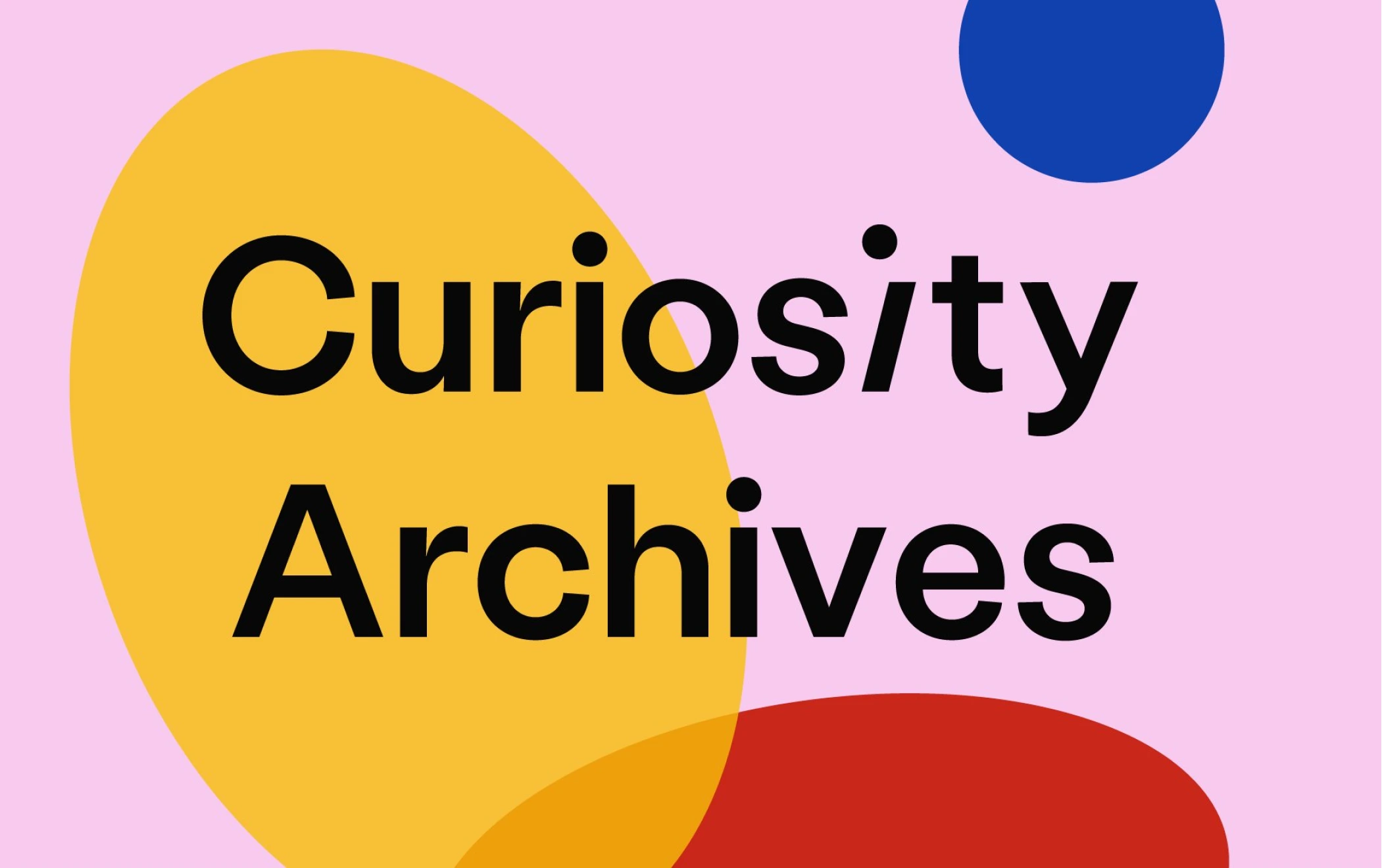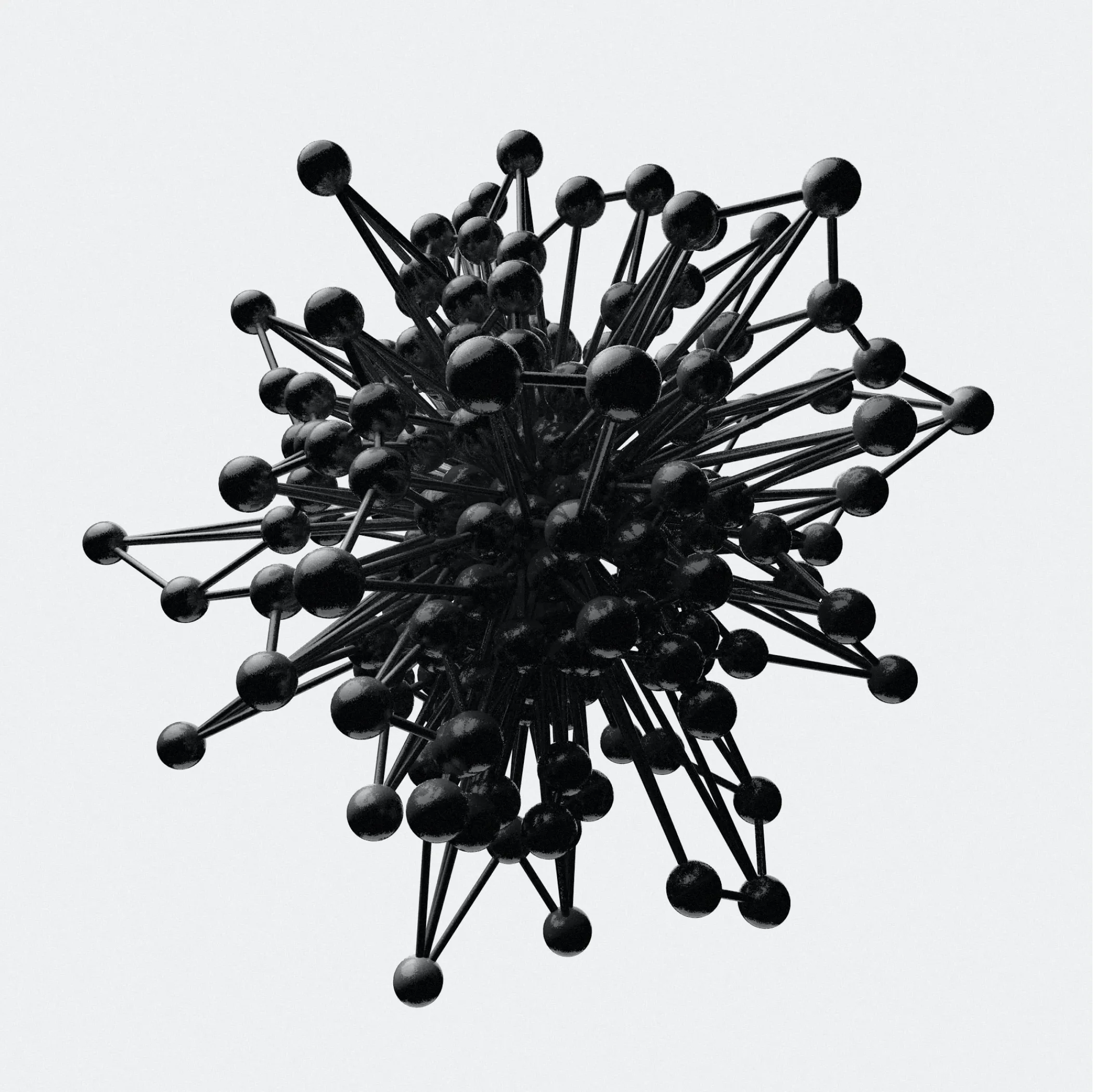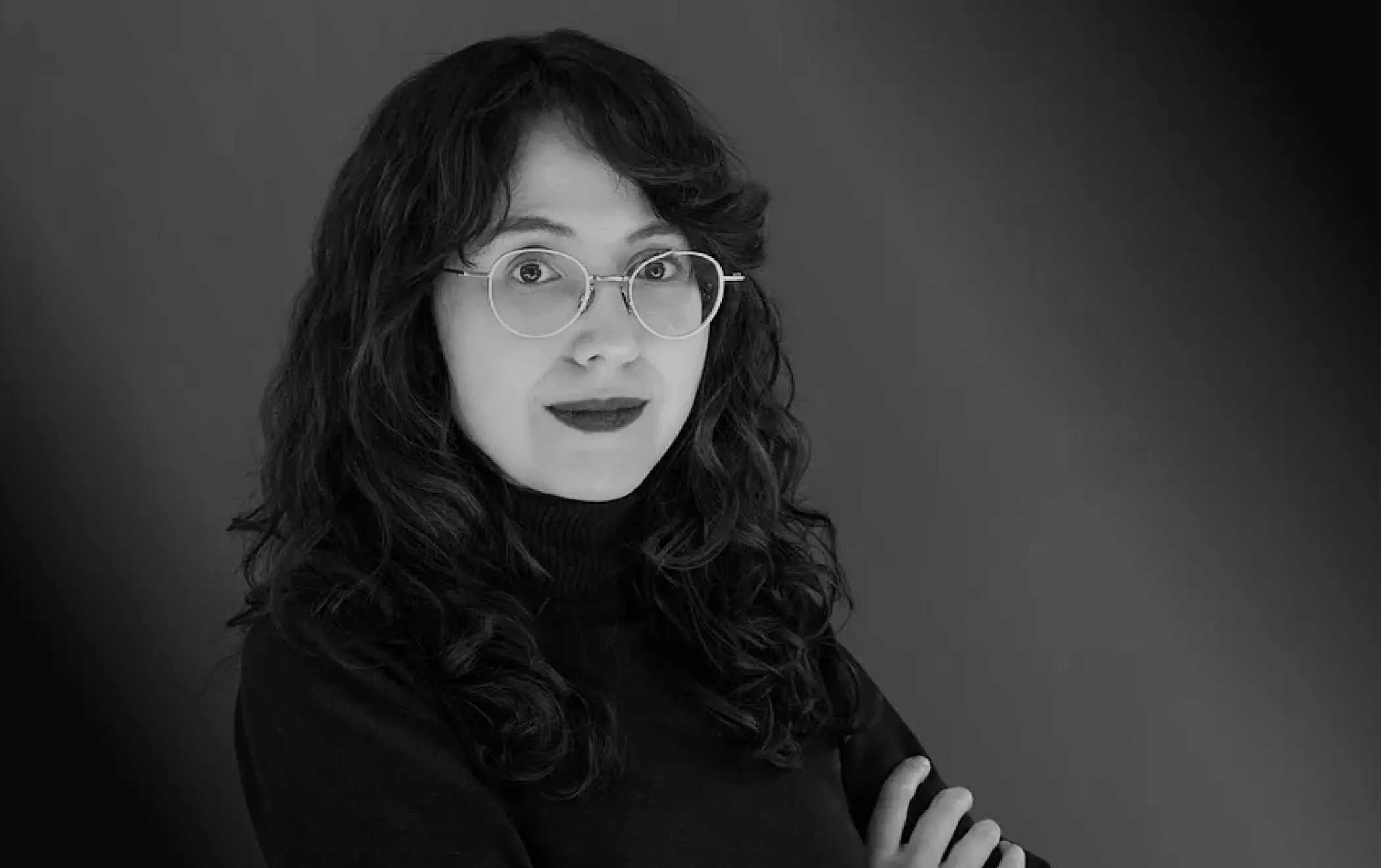Akna is an architect and eco-designer focused on the creation of spaces and experiences that are multi-sensory, healthy, and sustainable in nature. She shares her learnings in the CuriosityArchives newsletter, and works as Head of Sustainability at Omplim.
Driftime®: How does a physical, sensory-informed design practice translate into the digital?
Akna: Vision is generally the protagonist in design, ignoring what we perceive with the rest of our body. However, our brain doesn’t separate inputs, and we always perceive a peripheral impression that combines all sensory stimuli, which may influence the experience positively or negatively.
Instead, multi-sensory design creates an effective orchestration of sensory messages, and this principle acts both in physical and digital design. This translation requires us to be intentional about all the sensory impressions that the user will be receiving through its journey, not only via the product (images, sounds, vibrations…), but also taking into account the context where it will be used (e.g. an office or the street).
"In some cases, we may need to move away from the concept of “universal” and the demand for a one-size-fits-all"
Akna Márquez
Is it possible to create digital design experiences that answer to a community of different sensory likes and dislikes?
It’s a challenge with mass marketing but I would say a key aspect is allowing customisation, wherever possible. For instance, enabling users to regulate the intensity, frequency or type of sensory inputs, according to their personal needs or preferences.
Nonetheless, your product or experiences don’t necessarily need to appeal to all kinds of audiences and users, so it really depends on who you are designing for. And after understanding this, to observe and respond to their sensory needs and preferences.
In some cases, we may need to move away from the concept of “universal” and the demand for a one-size-fits-all, and instead think about the varied specificities of minds and bodies within the community.

Are there any processes we can integrate into our design practice to support, uplift, and champion sensory difference?
Definitely! There are many processes and perspectives we can integrate, such as building through co-design and involving users and experts in other fields (like medics and therapists), depending on the product or experience that we are creating.
It’s also fundamental to do a lot of testing and iterating, to design based on what people really need, rather than what we think they need.
Overall, we must defy the concept of “normalcy”, and learn more about the different ways people perceive the world (e.g. neurodiversity). About 15% of the world's population lives with some form of disability, but this also makes people develop other sensory capacities further. Instead of thinking of them as “edge-cases”, we should celebrate their ways of thinking and navigating environments.
DeafSpace is a great example of this. It's a concept of architecture where buildings, furniture and other spatial arrangements are informed by the unique ways in which deaf people live and inhabit space, taking into account aspects such as sensory reach, proximity and acoustics.

What does a future of innovative and immersive tech look like?
It’s hard to predict what the future will look like. But there are already many emerging technologies that enable more immersive digital experiences, such as Tangible User Interfaces, vibrotactile haptics, or Head Mounted Displays, that can create full-body and spatial interactions.
Interfaces will also probably evolve from today’s screens to integrate more with our physical environments. What I wish for is that this evolution potentiates richer, connecting experiences instead of isolating us into a bubble.
On the other hand, innovation is needed to reduce the environmental impacts of digital products and services which require lots of energy, infrastructure and precious materials for their fabrication and operation. My hope is that we innovate in the way we produce tech, to design for repair and maintenance with new circular business models and products that truly care for our environment.
Sign up to Akna’s newsletter Curiosity Archives and take her Multi-sensory Digital Design course to learn more about the cross-pollination of creative practices.





